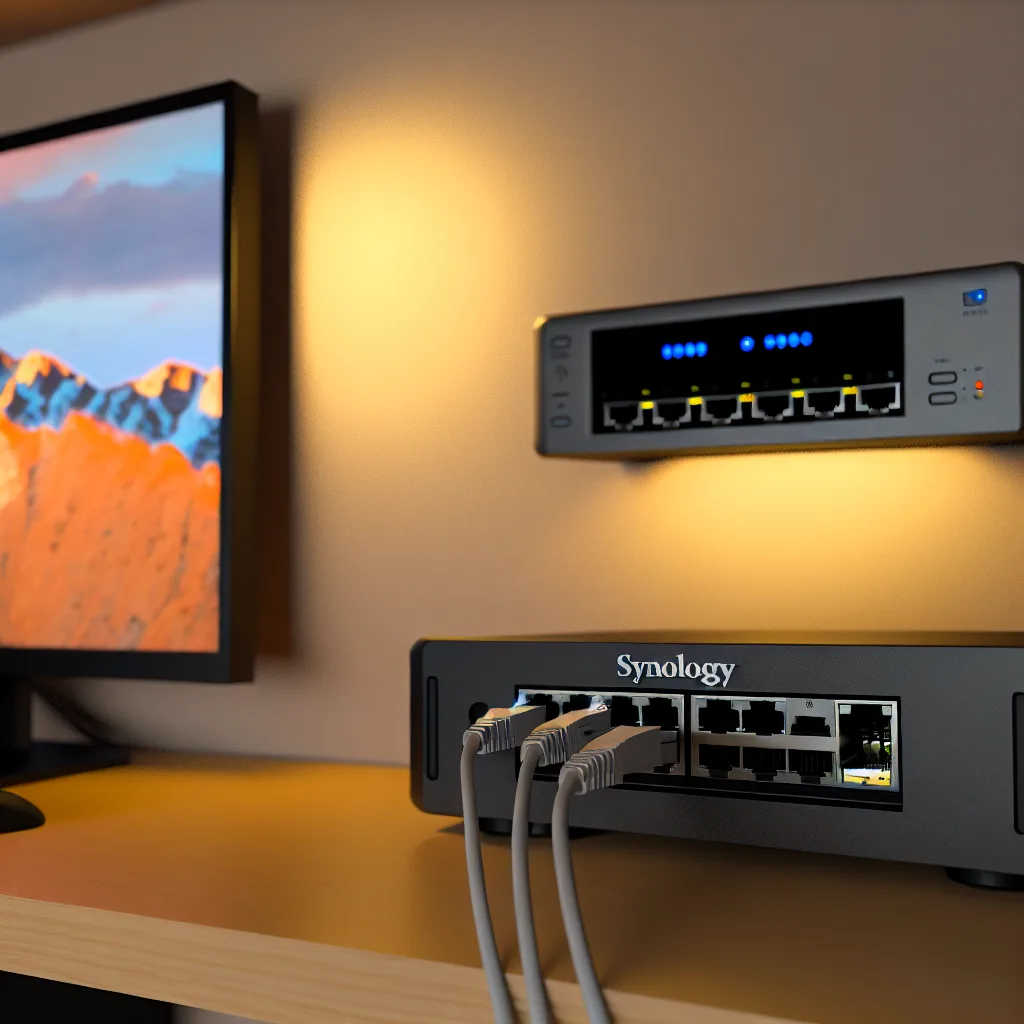A friendly guide to choosing between RJ45 and SFP+ for your small video studio upgrade
If you’re running a small video studio like me, where animation and editing work demand smooth and fast file transfers, you’ve probably thought about a 10gb network upgrade. I recently went through the process of upgrading my home setup, and if you’re wondering whether it’s worth diving in, let me share some insights that might help.
Why Consider a 10gb Network Upgrade?
My studio has two workstations connected to a Synology NAS with a RAID5 setup. At first, the NAS was just plugged into the router, and my main PC connected via a Cat6 cable, while the second workstation ran over Wi-Fi. It worked, but editing directly from the NAS was slower than I wanted, prompting the need for a faster connection.
Upgrading to a 10gb network means you can edit files directly from your NAS without lag. This not only speeds up your workflow but reduces the hassle of constantly copying files back and forth.
Planning the Upgrade: What Equipment Do You Need?
The plan to upgrade my system involved getting a 10gb PCIe network card for the NAS, two 10gb PCIe cards for the PCs, and a 4-port 10gb switch. This setup ensures all devices communicate at high speed. I initially thought about sticking to RJ45 connections because my router used those, and I already had a 2.5gb port on one workstation.
Here’s what I looked at:
- Synology 10Gb Ethernet Adapter with 1 RJ45 Port (approximately $201 CAD)
- Two TP-Link 10GB PCIe Network Cards (roughly $110 CAD each)
- Ubiquiti UniFi Flex XG 4-port switch (about $410 CAD)
- A few short Cat6 cables for connections
RJ45 vs. SFP+: Which One Should You Choose?
A big question I faced was whether to use RJ45 or the SFP+ system for the 10gb upgrade. SFP+ is common in many professional setups because of its compact size and ability to handle high data rates efficiently, typically via fiber optics or DAC cables. But since my studio is small, in one room, and heat levels are already high with heavy graphics cards running, I leaned toward RJ45 for simplicity and practicality.
RJ45 cabling is easier to manage, fits my existing router connections, and keeps things straightforward. If you have the room and want ultimate flexibility or plan to scale, SFP+ could be a smart choice, but for small, cozy studios, RJ45 is just fine.
A Quick Word on Heat and Space
Running dual heavy graphics cards in a small room means it’s already on the warm side. Adding more components like a switch or network cards with additional heat output is something to keep in mind. RJ45 switches and cards generally run cooler compared to some SFP+ equipment, but always check the specs and maybe add extra cooling if needed.
Wrapping Up: How to Proceed
If you’re thinking about a 10gb network upgrade for a small studio, start by evaluating your current gear and consider the convenience of RJ45 versus the advanced features of SFP+. For my setup, the RJ45 path gave me a neat, efficient, and cost-effective upgrade.
Remember to get compatible hardware — for example, Synology’s dedicated 10Gb Ethernet adapters work well with their NAS devices, and TP-Link offers budget-friendly 10gb PCIe cards. A reliable 4-port switch like Ubiquiti’s UniFi Flex XG lets you connect all your devices seamlessly.
If you want to dive deeper into specs or need setup guides, check out these resources:
– Synology’s 10GbE Adapter overview
– TP-Link 10GbE PCIe card details
– Ubiquiti UniFi Flex XG product page
Going 10gb isn’t just about speed, it’s about enhancing your workflow without the hassle. So take a good look at your space, budget, and future needs before making the jump — and keep your studio comfy while you do it!
